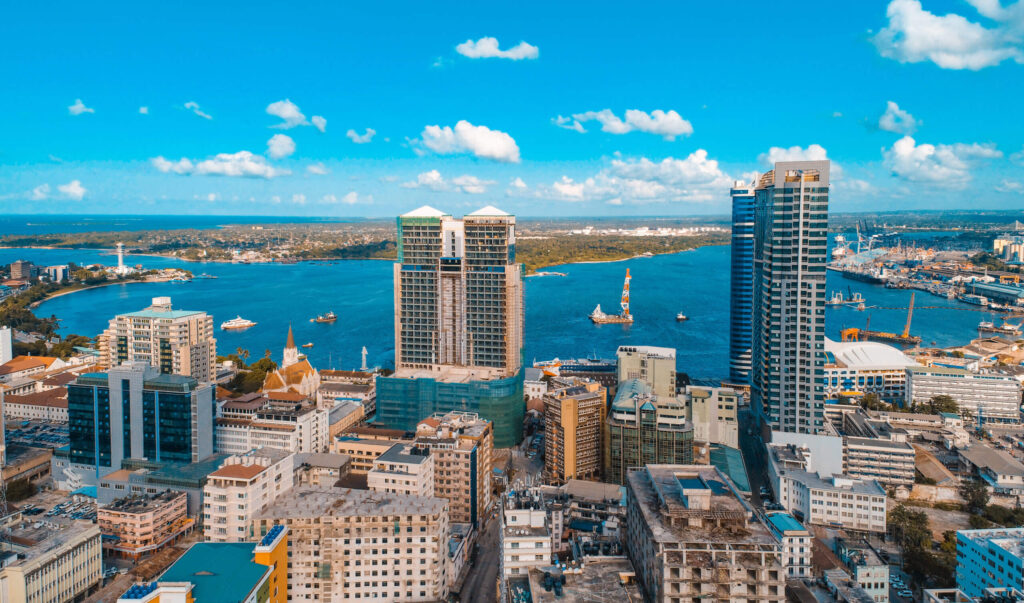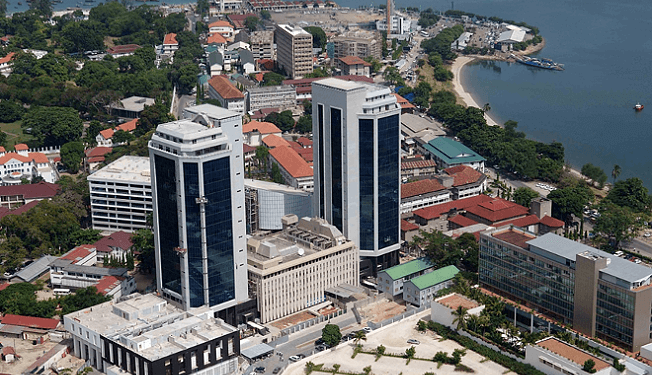Tanzania has revised its growth projection for 2022 downward to 4.7 percent from 5 per cent according to the Monetary Statement for June, 2022 released by the Bank of Tanzania (BoT).

The revision comes on the backdrop of high commodity prices and below average rains in most parts of the country.
According to the Central Bank, Tanzania’s economy is estimated to have grown by 4.9 per cent in 2021 compared with 4.8 per cent growth registered in the preceding year, driven by agriculture, construction, mining and quarrying, manufacturing, trade and repair, and transport and storage sectors.
The fastest growing activities were arts and entertainment, electricity, mining and quarrying, and information and communication.
“Accommodation and restaurant activity improved due to resumption of tourism activities,” the Monetary Statement said.
The statement however noted that the external sector however experienced challenges from war in Ukraine and residual effects of the COVID-19 pandemic, which led to increase in commodity prices and supply chain disruptions.
It said that BoT implemented an accommodative monetary policy in 2021/22 to facilitate recovery of economic activities from adverse effects of COVID-19 pandemic.
“In implementing the monetary policy stance, a mix of instruments was employed. These included reverse repo, Lombard loan facility and foreign exchange operations. Additional measures were instituted in July 2021 to provide liquidity to banks, to facilitate lowering lending rates and increase private sector credit growth,” the statement said.
The Central Bank said the implementation of monetary policy was smooth in the first half of 2021/22, but faced challenges afterwards at the backdrop of adverse global effects of rising inflationary pressures, high commodity prices in the world market and resurgence of the COVID-19 variants in some trading partners.
“This complicated the choice between controlling inflationary pressures and safeguarding economic recovery. Nonetheless, monetary policy succeeded in keeping liquidity in banks at adequate levels, reflected by low and stable money market interest rates. Also, reserve money, money supply, and private sector credit growth improved significantly from lower levels observed in 2020/21,” it added.







